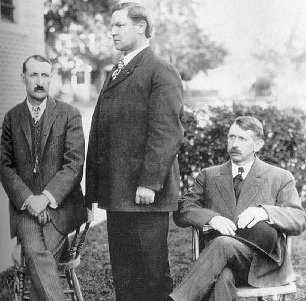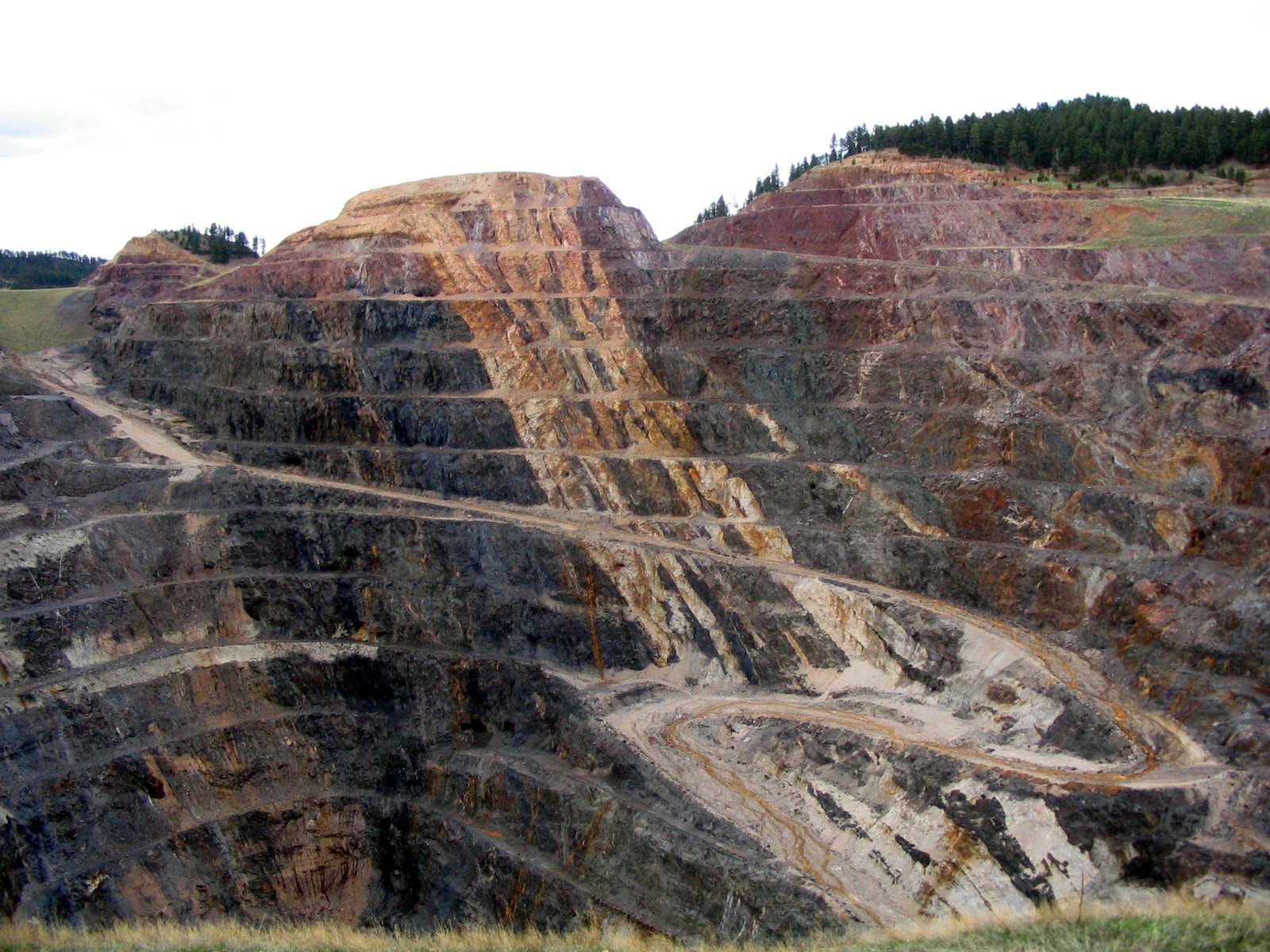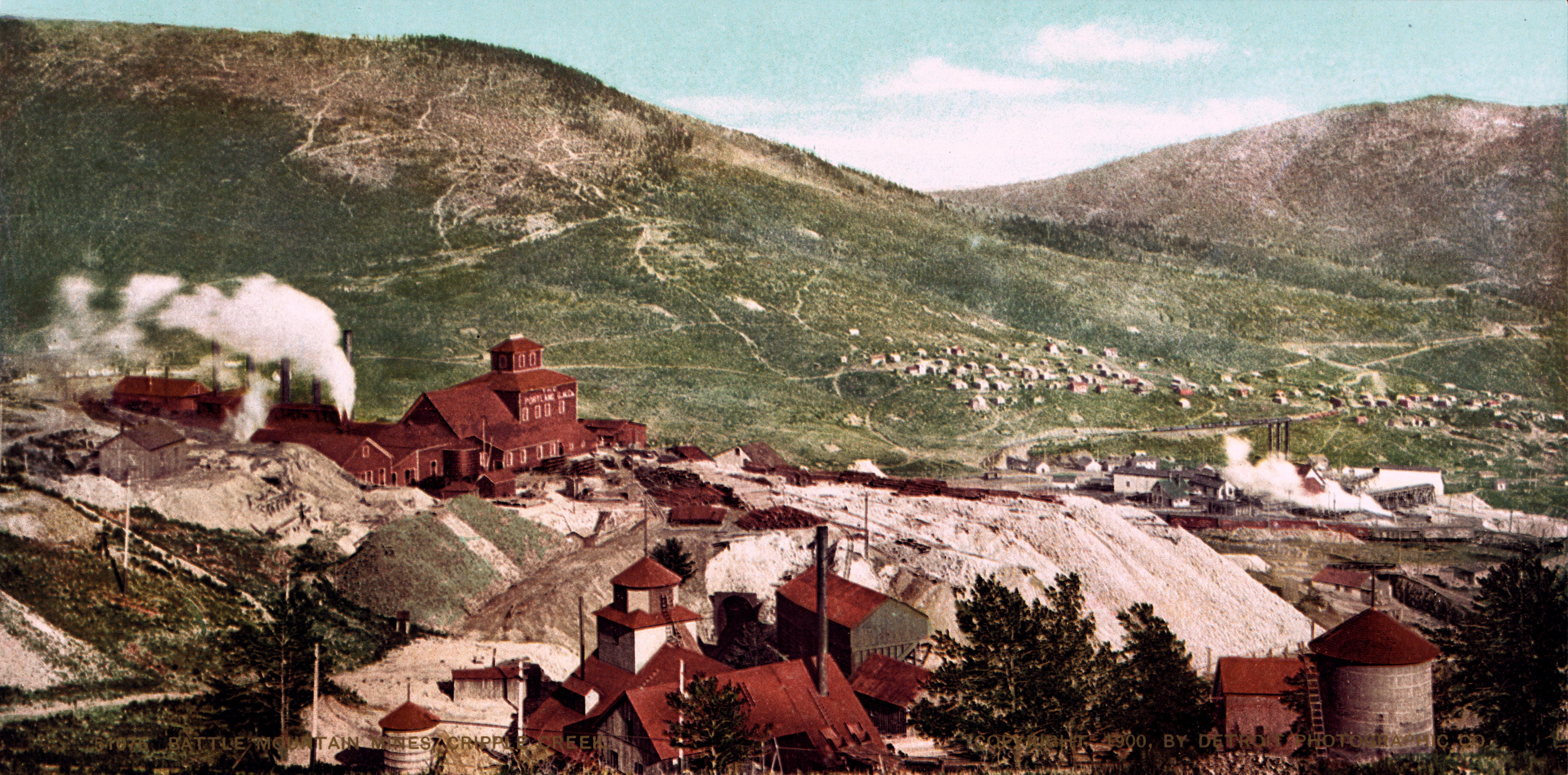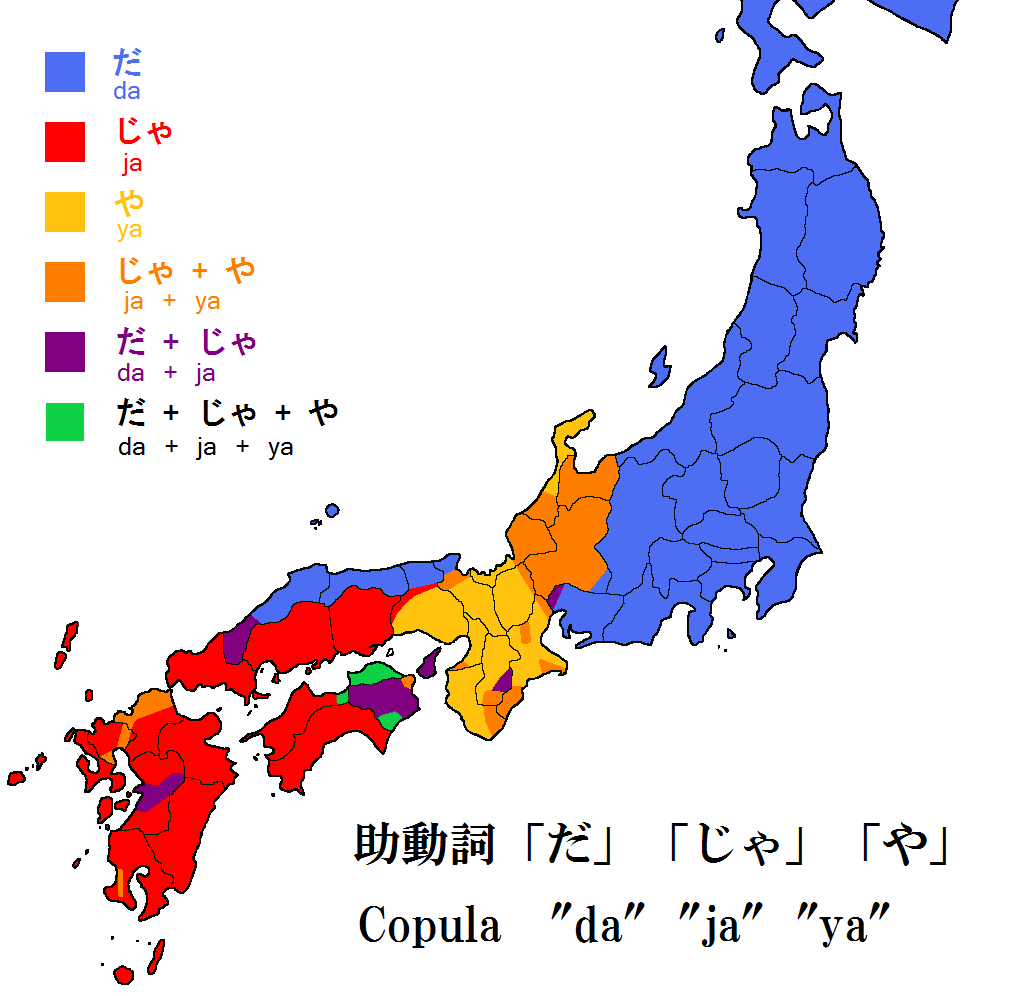|
Charles Moyer
Charles H. "Charlie" Moyer (1866 – June 2, 1929) was an American labor leader and president of the Western Federation of Miners (WFM) from 1902 to 1926. He led the union through the Colorado Labor Wars, was accused of murdering an ex-governor of the state of Idaho, and was shot in the back during a bitter copper mine strike. He also was a leading force in founding the Industrial Workers of the World, although he later denounced the organization. Early life Little is known about Moyer prior to 1893.Fink, ''Biographical Dictionary of American Labor,'' 1984. He was born near Ames, Iowa. Moyer's parents, William and Maria Drew Moyer, were natives of Pennsylvania who migrated to Indiana by 1852 and on to Iowa by 1860. Charles was the youngest of five brothers and two sisters who survived their mother who died at the age of thirty-nine-years-old in 1870. In 1870, one of the sisters, a sixteen-year-old, had assumed the task of housekeeping for the family and care of Charles who wa ... [...More Info...] [...Related Items...] OR: [Wikipedia] [Google] [Baidu] |
Homestake Mine (South Dakota)
The Homestake Mine was a deep underground gold mine (8,000 feet or 2,438 m) located in Lead, South Dakota. Until it closed in 2002 it was the largest and deepest gold mine in North America. The mine produced more than of gold during its lifetime. This is about or a volume of gold roughly equal to 18,677 US gallons. The Homestake Mine is famous in scientific circles because of the work of a deep underground laboratory that was established there in the mid-1960s. This was the site where the solar neutrino problem was first discovered, in what is known as the Homestake Experiment. Raymond Davis Jr. conducted this experiment in the mid-1960s, which was the first to observe solar neutrinos. On July 10, 2007, the mine was selected by the National Science Foundation as the location for the Deep Underground Science and Engineering Laboratory (DUSEL). It won over several candidates, including the Henderson Mine near Empire, Colorado. History The Homestake deposit was discovered by ... [...More Info...] [...Related Items...] OR: [Wikipedia] [Google] [Baidu] |
Cripple Creek, Colorado
Cripple Creek is a statutory city that is the county seat of Teller County, Colorado, United States. The city population was 1,155 at the 2020 United States Census. Cripple Creek is a former gold mining camp located southwest of Colorado Springs near the base of Pikes Peak. The Cripple Creek Historic District, which received National Historic Landmark status in 1961, includes part or all of the city and the surrounding area. The city is now a part of the Colorado Springs, CO Metropolitan Statistical Area and the Front Range Urban Corridor. History For many years, Cripple Creek's high valley, at an elevation of , was considered no more important than a cattle pasture. Many prospectors avoided the area after the ''Mount Pisgah hoax'', a mini gold rush caused by salting (adding gold to worthless rock). On 20 October, 1890, Robert Miller "Bob" Womack discovered a rich ore and the last great Colorado gold rush began. By July 1891, a post office was established. By November, h ... [...More Info...] [...Related Items...] OR: [Wikipedia] [Google] [Baidu] |
Colorado Army National Guard
The Colorado Army National Guard is a component of the United States Army, United States National Guard, and Colorado National Guard. Nationwide, the Army National Guard comprises approximately one half of the US Army's available combat forces and approximately one third of its support organization. National coordination of various state National Guard units is maintained through the National Guard Bureau. Colorado Army National Guard units are trained and equipped as part of the United States Army. The same United States Army enlisted rank insignia, ranUnited States Army officer rank insignia, ks and insignia are used and National Guardsmen are eligible to receive all Awards and decorations of the United States military, United States military awards. The Colorado Guard also bestows a number of Awards and decorations of the National Guard, state awards for local services rendered in or to the state of Colorado. The Colorado Army National Guard is composed of over 3500 soldie ... [...More Info...] [...Related Items...] OR: [Wikipedia] [Google] [Baidu] |
James Hamilton Peabody
James Hamilton Peabody (August 21, 1852 – November 23, 1917) was the 13th and 15th Governor of Colorado, and is noted by some for his public service in Cañon City and by others for his brutality in crushing the miners' strike in Cripple Creek in 1903–04. Family background James was the youngest of 17 children. He was born in Topsham, Orange County, Vermont, where his family raised crops and children. He attended school in Vermont, and later furthered his education there at the Bryant Commercial College at Barre, and Stratton Commercial College at Burlington, Vermont. Three of his brothers fought for the Union in the American Civil War. In 1871, while James was still in business college there, his family moved to Pueblo, Colorado; after completing his degree the following year, Peabody followed his family and kept the books for the family dry goods store for three years (1872 to 1875). Early employment In early 1875, he moved to Cañon City, Colorado, and worked for Jame ... [...More Info...] [...Related Items...] OR: [Wikipedia] [Google] [Baidu] |
Governor
A governor is an administrative leader and head of a polity or political region, ranking under the head of state and in some cases, such as governors-general, as the head of state's official representative. Depending on the type of political region or polity, a ''governor'' may be either appointed or elected, and the governor's powers can vary significantly, depending on the public laws in place locally. The adjective pertaining to a governor is gubernatorial, from the Latin root ''gubernare''. Ancient empires Pre-Roman empires Though the legal and administrative framework of provinces, each administrated by a governor, was created by the Romans, the term ''governor'' has been a convenient term for historians to describe similar systems in antiquity. Indeed, many regions of the pre-Roman antiquity were ultimately replaced by Roman 'standardized' provincial governments after their conquest by Rome. Plato used the metaphor of turning the Ship of State with a rudder; the Latin ... [...More Info...] [...Related Items...] OR: [Wikipedia] [Google] [Baidu] |
Strike Action
Strike action, also called labor strike, labour strike, or simply strike, is a work stoppage caused by the mass refusal of employees to Labor (economics), work. A strike usually takes place in response to grievance (labour), employee grievances. Strikes became common during the Industrial Revolution, when Labour economics, mass labor became important in factories and mines. As striking became a more common practice, governments were often pushed to act (either by private business or by union workers). When government intervention occurred, it was rarely neutral or amicable. Early strikes were often deemed unlawful conspiracies or anti-competitive cartel action and many were subject to massive legal repression by state police, federal military power, and federal courts. Many Western nations legalized striking under certain conditions in the late 19th and early 20th centuries. Strikes are sometimes used to pressure governments to change policies. Occasionally, strikes destabilize ... [...More Info...] [...Related Items...] OR: [Wikipedia] [Google] [Baidu] |
Labor Spies
Labor spying in the United States had involved people recruited or employed for the purpose of gathering intelligence, committing sabotage, sowing dissent, or engaging in other similar activities, in the context of an employer/labor organization relationship. Spying by companies on union activities has been illegal in the United States since the National Labor Relations Act of 1935. However, non-union monitoring of employee activities while at work is perfectly legal and, according to the American Management Association, nearly 80% of major US companies actively monitor their employees. Statistics suggest that historically trade unions have been frequent targets of labor spying. Labor spying is most typically used by companies or their agents, and such activity often complements union busting. In at least one case, an employer hired labor spies to spy not only upon strikers, but also upon strikebreakers that he had hired. Sidney Howard observed in 1921 that the labor spy, "often ... [...More Info...] [...Related Items...] OR: [Wikipedia] [Google] [Baidu] |
Colorado City, Colorado
Colorado City is a census-designated place (CDP) and post office in and governed by Pueblo County, Colorado, United States. The CDP is a part of the Pueblo, CO Metropolitan Statistical Area. The Colorado City post office has the ZIP Code 81019 ( post office boxes). At the United States Census 2010, the population of the Colorado City CDP was 2,193, while the population of the 81019 ZIP Code Tabulation Area was 1,690. The Colorado City Metropolitan District provides services. Geography Colorado City is located in the Greenhorn Valley. The Colorado City CDP has an area of , including of water. History The first settlement at the site of Colorado City was called Greenhorn after the name of an 18th century Comanche chief (Cuerno Verde in Spanish). In 1845, mountain man John Brown, his wife Luisa Sandoval, and several children established a trading post where the Trapper's Trail to Taos, New Mexico crossed Greenhorn Creek. Brown and his family left Greenhorn for California in 18 ... [...More Info...] [...Related Items...] OR: [Wikipedia] [Google] [Baidu] |
Is Colorado In America
In linguistics, a copula (plural: copulas or copulae; abbreviated ) is a word or phrase that links the subject of a sentence to a subject complement, such as the word ''is'' in the sentence "The sky is blue" or the phrase ''was not being'' in the sentence "It was not being co-operative." The word ''copula'' derives from the Latin noun for a "link" or "tie" that connects two different things. A copula is often a verb or a verb-like word, though this is not universally the case. A verb that is a copula is sometimes called a copulative or copular verb. In English primary education grammar courses, a copula is often called a linking verb. In other languages, copulas show more resemblances to pronouns, as in Classical Chinese and Guarani, or may take the form of suffixes attached to a noun, as in Korean, Beja, and Inuit languages. Most languages have one main copula, although some (like Spanish, Portuguese and Thai) have more than one, while others have none. In the case of Engl ... [...More Info...] [...Related Items...] OR: [Wikipedia] [Google] [Baidu] |
Surface Mining
Surface mining, including strip mining, open-pit mining and mountaintop removal mining, is a broad category of mining in which soil and rock overlying the mineral deposit (the overburden) are removed, in contrast to underground mining, in which the overlying rock is left in place, and the mineral is removed through shafts or tunnels. In North America, where the majority of surface coal mining occurs, this method began to be used in the mid-16th century and is practiced throughout the world in the mining of many different minerals. In North America, surface mining gained popularity throughout the 20th century, and surface mines now produce most of the coal mined in the United States. In most forms of surface mining, heavy equipment, such as earthmovers, first remove the overburden. Next, large machines, such as dragline excavators or bucket-wheel excavators, extract the mineral. The pros of surface mining are that it has a lower financial cost and is a lot safer than undergrou ... [...More Info...] [...Related Items...] OR: [Wikipedia] [Google] [Baidu] |
Sub-surface Mining
Mining is the extraction of valuable minerals or other geological materials from the Earth, usually from an ore body, lode, vein, seam, reef, or placer deposit. The exploitation of these deposits for raw material is based on the economic viability of investing in the equipment, labor, and energy required to extract, refine and transport the materials found at the mine to manufacturers who can use the material. Ores recovered by mining include metals, coal, oil shale, gemstones, limestone, chalk, dimension stone, rock salt, potash, gravel, and clay. Mining is required to obtain most materials that cannot be grown through agricultural processes, or feasibly created artificially in a laboratory or factory. Mining in a wider sense includes extraction of any non-renewable resource such as petroleum, natural gas, or even water. Modern mining processes involve prospecting for ore bodies, analysis of the profit potential of a proposed mine, extraction of the desired materials, an ... [...More Info...] [...Related Items...] OR: [Wikipedia] [Google] [Baidu] |







